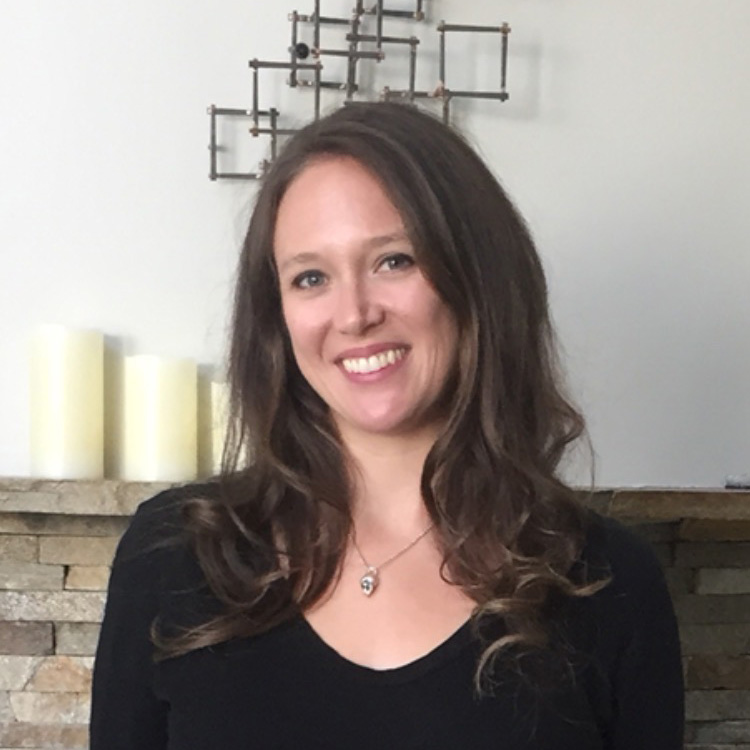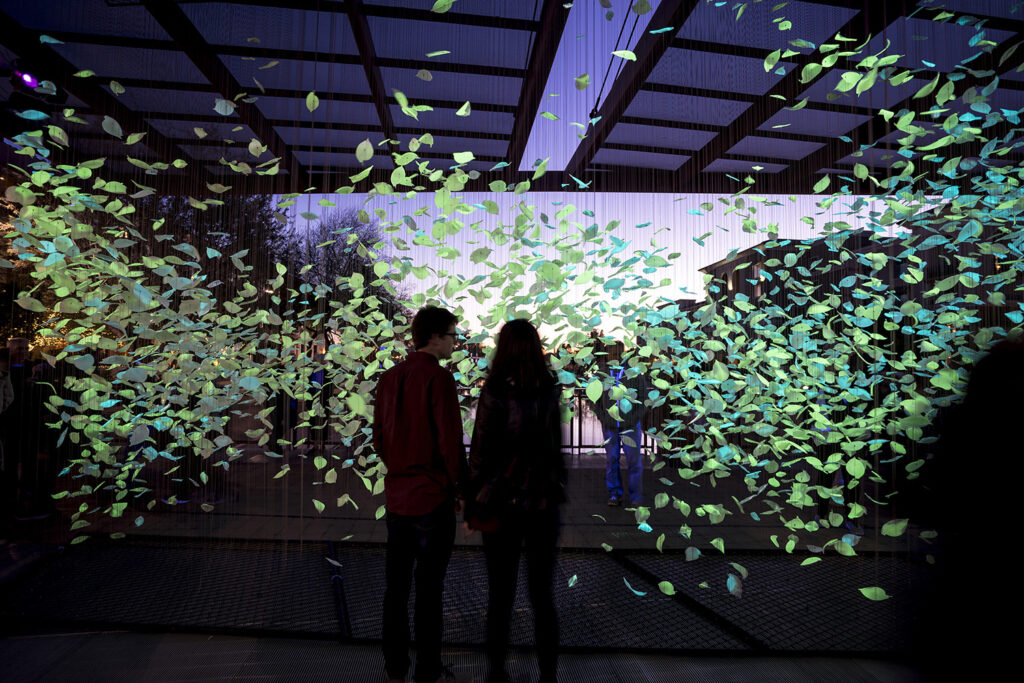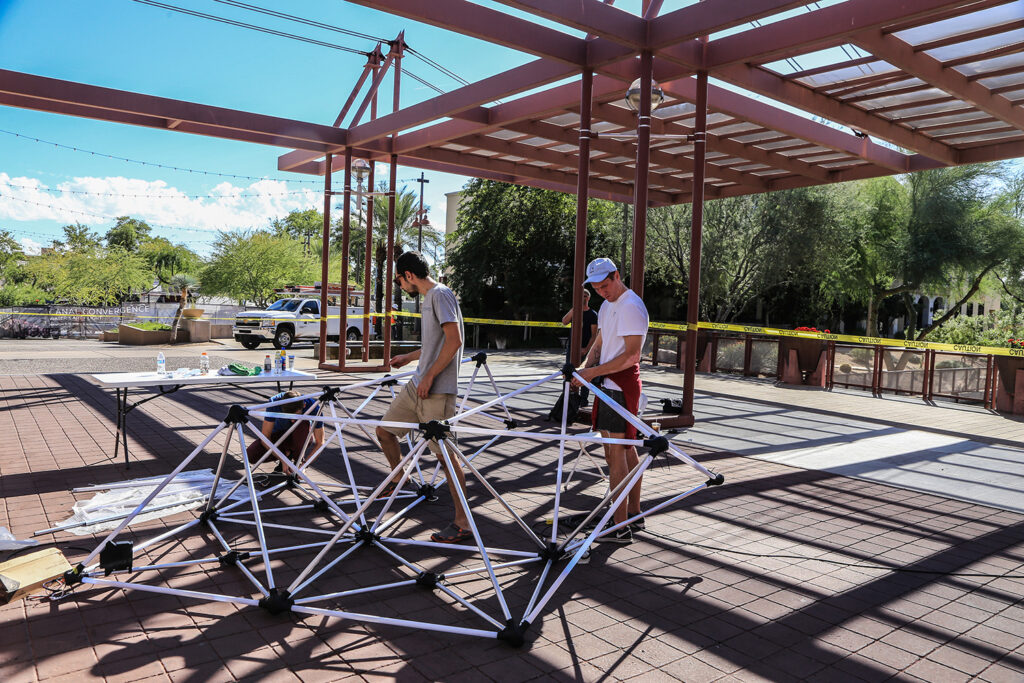
Meet Jennifer Gill: Public Art Manager for Canal Convergence
What do you do as a public art manager for Canal Convergence?
If I had to sum up my job in one word, it would be facilitator. By acting as a liaison between the artist and the installers, structural engineers, city staff, property owners, etc., I allow the artist to focus on bringing their creative vision to life for the public to engage with and enjoy.
What does public art mean to you?
For me public art is a conduit between the general public and the art world. The arts were always an important part of my life growing up, and my desire to pursue the arts as a profession was supported and encouraged by my family. As a result, I have been exposed to the rich and wonderful benefits that art can bring into your life. However, as I grew older, I realized that this was not always the case for everyone. Not everyone can take the time to study art history, visit art museums, and engage in the art world as those who work in the art fields have. For some, going to an art museum or gallery opening can even be a bit intimidating. Public art is an open door into the art world that is accessible to people of all ages and from all walks of life. In Scottsdale, for example, public art is present all over the city and touches on a variety of themes like light and form, abstraction, color theory, history, the natural world, and so much more. Through the enjoyment of public art, people are introduced to its boundless potential in their lives, and for someone who has dedicated their life and career to the arts, that means the world.
How did you get into the field of public art and what led you to this career?
After I received my bachelor’s degree in fine art from the School of the Art Institute of Chicago, I pursued a career in art making and art gallery management. I worked in art galleries in Florida and Rhode Island and, eventually, in Los Angeles, California. After nearly seven years working in the for-profit art world, I decided that I wanted a change. Soon after this realization, I moved to Arizona to be closer to family, and once I got here I found a position at Scottsdale Public Art. It did not take me long to realize that I had finally found the fulfilling career I had been looking for.

What has been your favorite project to work on?
Picking a favorite project is kind of like picking a favorite child: you love them all equally for different reasons! Generally though, I’d say that some of my favorite projects were the ones that were the most complex on multiple fronts—for instance, Flawless by Studio ALEX from Canal Convergence spring 2018. The installation process was extremely detail-oriented and intense. Staff and volunteers came together with the artist over multiple days to hand-string hundreds of individual leaf sculptures on wires to create the illusion that they were floating in the air—as though they were frozen in time, mid-gust of wind. Not only that, but we also had to battle the wind as well and make sure that the hundreds of wires did not get tangled.
What would your dream public art project for Scottsdale be?
I’m not exactly sure. We have done so many amazing projects for Canal Convergence thus far, so I guess my dream is that with each Canal Convergence, we to continue to push the limits of temporary, light-based public art through new technology, use of space and materials, and more to create a fresh and exciting experience for the public.

What advice would you have for artists to get involved in public art and for people who are interested in being involved on the coordination side?
For artists and administrators, one recommendation I would give is to get involved with the installation of Canal Convergence. Every year we look for part-time installers to help us set up the artworks and the event. This can often be an opportunity to meet professional artists and managers and generally see what all goes into this type of work and be able to ask questions. While creating and managing permanent public art installations is different on many fronts, temporary artworks are often a good place for artists to start, and for administrators, you can see a lot of the same job components but on a much faster timeline.
What do you do in your free time or outside of work?
Drawing + Collage + Reading + Travel.
Back to Immerse home.
CONNECTIONS: Spark | Amplify | Inspire


